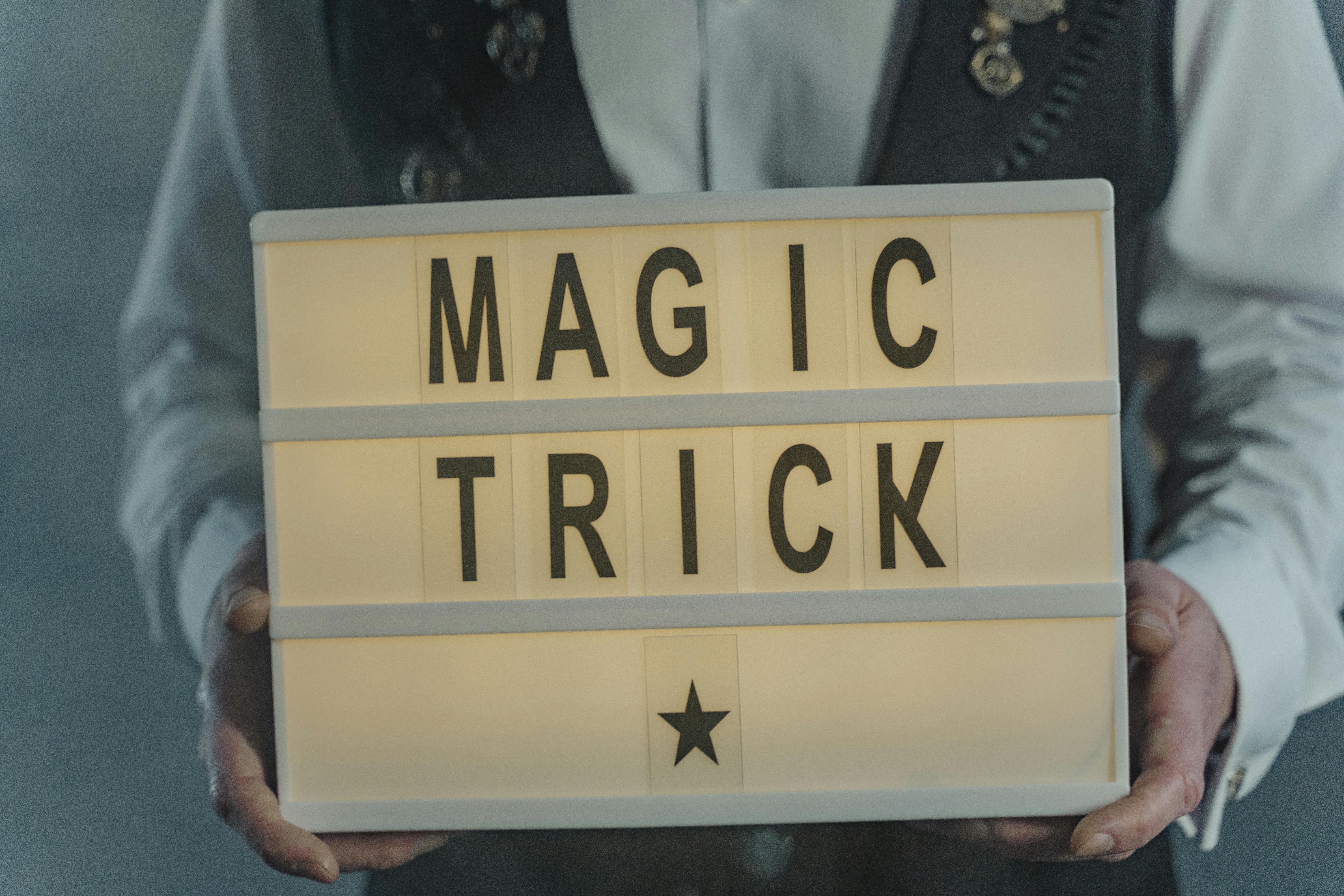I took my two granddaughters (ages 3 and 6) to visit my sick sister-in-law in a convalescent hospital last week. None of the girls had seen my sister-in-law in a long time, nor had they ever been to a convalescent hospital, so she was nervous about how they would react. I shouldn’t have worried.
Six-year-old Abby has lately shown some shyness around adults she doesn’t know very well. Not this day. She and my sister-in-law Phyllis got along like old friends. Abby babbled on about Christmas and her friends from daycare and her puppies. She found an attentive listener in Phyllis. Three-year-old Kate was equally comfortable and (when she could say something) she would join in the conversation. As for my sister-in-law, she was more engaged than she had seen her in weeks. She was really listening to them. The presence of the two little munchkins transformed her drab hospital room into a warm and cheerful place.
For me, the experience was a reminder of the magic that exists between the very young and the very old. The so-called generational gap that opens between parents and children does not seem to exist between children and old people. They get along well because they have a lot in common.
Neither the very old nor the very young work for a living, so they have time to do things stressed-out parents can’t seem to do in a 24-hour day. Seniors have time to blow bubbles, play hide-and-seek or read a book with their grandchildren. A childhood friend of mine speaks almost reverently about being with his grandfather on winter nights looking up at the stars in awe.
Older people don’t spend a lot of time worrying about tomorrow. She had an older friend who used to say that he didn’t even buy green bananas anymore. Children also live in the moment. Tell a kid you’ll help him in two hours and he’ll automatically rule you out. Only the present really matters.
Young children are naturally free from prejudice. They barely notice if their classmates are a different color or dress differently. Older people (at least the wise ones) have relearned the tolerance they once had as children. I remember a gay friend who was afraid that his grandmother would find out that he was gay. It turned out that the grandmother knew who she was and she accepted it long before anyone else in the family. She just never made a big deal out of it.
Unfortunately, both children and the elderly have to endure similar negative perceptions from society at large. Neither young children nor the elderly are highly valued in our culture. In a world that judges people by the money we make or the kind of car we drive, there isn’t much patience for people who don’t contribute to the nation’s gross domestic product. People in the middle generation talk endlessly about the problems caused by a younger generation or the concern they have for the growing number of older people in our population. We don’t hear much about the contributions of time and talent made by older and younger volunteers, the traditions passed down by the older ones, and the energy brought by the younger ones.
Children and old people are in the same boat. They are attracted to each other because they recognize similar values such as joy, simplicity, the capacity for wonder and the ability to live in the present moment. Children live these values naturally. The wise elders rediscover them. The whole society is enriched by them.



